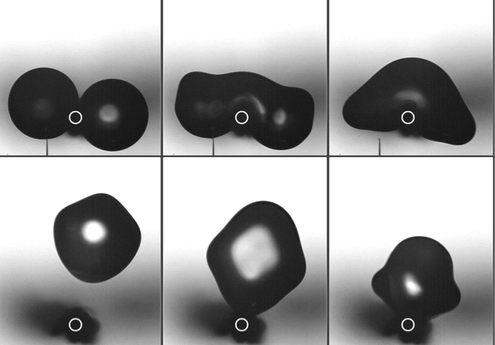“I personally experience public intimidation on a daily basis.” – Dutch Parisienne Rachel Wegner
Warning: article contains some graphic language of a sexual nature
Paris — After some days of rain, I could not be happier than to enjoy the sunshine in my favorite park 10 minutes located from my home. As I were tanning in a bikini, I noticed an older men sat down a bit further on the field, facing me while he was continuously staring. As a Dutch woman living in Paris for an amount of time already, I slowly got more used to men staring at me. Walking down the road with me, trying to make conversation even though it is obvious I am not amused. Shouting at me for attention when I ride a bicycle and even Uber drivers use my personal details after driving me, trying to arrange a private ‘rendez-vous’.
The park is apparently the territory of local predators.
I didn’t want to let the man in the park win and adjust my behavior because he is the one who can’t behave. Still I put my clothes back on and turned my head around like I often do. It would be a waste to let such a sunny day get ruined by an old creeper. Not even ten minutes later, I discovered pervert number one wasn’t such a bad guy after all, at least compared to the new predator I got in sight. A man was standing more or less on top of a small hill, staring down at me (I am sure it was me he was looking at, because besides the old man on the other side and me, the field was empty). If the staring wasn’t enough to intimidate me, he also started to touch himself. Maybe he didn’t take his pants of, but with his hand on top of his crotch, he was basically jerking off and the entire time he didn’t let his eyes off me. Again I didn’t want to surrender and allowing a perpetrator to influence my behavior, but my comfort was more important. So I ignored what I saw and just took off.
Returning home from the park way more early than I initially planned, I realized I don’t even feel safe to go by myself to the park anymore. Because this wasn’t the first time it happened to me. Every single time I go to the park, there is at least always one man all by himself, simply staring at me until I can’t handle the uncomfortable feelings anymore and again take off. I would not be surprised if their only purpose to visit the park is to sexually intimidate young women.
But even at the center of Paris sexual harassment continues
Another example which is even worse than what is written above, was the one time on Sunday afternoon at the center of Paris. As I was waiting at an empty street for my friend to come down, all of a sudden a men appeared next to me with his pants down his legs. While he was treating himself with a hand job as he used me as the subject of his sexual pleasure. Like always, it was me who took off. Waiting down a bigger street with more people walking by informing my friend about my relocating by phone, I got grabbed from behind. The perpetrator followed me and just took the liberty of grabbing my ass. I was shocked, I was scared. But even more, I got extremely angry. I exploded. I started to yell at him in Dutch, my mind couldn’t remember any other language than my native tongue anymore caused by these emotions, until he finally ran away. Surrounding citizens did do nothing to help me. From the other side of the road he stopped and again continued to make sexual signals focused on me. Also this time it was me taking off.
Even though the law is protecting women, the reality is not!
What can I do as a young woman in Paris? I can report the (almost daily) incidents at the police station, but would it make a difference? In 2012 the French government adjusted the law regarding sexual intimidation, which defines sexual harassment way better than the unclear definition which was used before and the sanctions are set higher (up to 2 years of imprisonment and a 30.000 euro fine), where I cheer for. But how do these perpetrators finally get what they deserve? These men are all anonymous strangers, I could never recall again. And even if I did, how will we ever locate this particular predator among 2 million other citizens? The new law may be in my favor, but in reality I am still the one losing.
It is not only me suffering, every woman in Paris has to deal with sexual harassment
Study has shown that a full 100% of 600 surveyed women, from Seine-Saint-Denis and Essonne (two areas in the outer suburbs of Paris), had experienced gender based sexual harassment while taking public transport at least one time in their life’s. It almost seems that sexual harassment more or less got generally accepted as a part of the Parisian lifestyle for the local women. But it is not acceptable that I, as a young 25 year old woman, seriously consider to start wearing a burka in public transport. It is not alright, that I fear when going to the park because I already know sexual intimidation will be inevitable. I am certain most of the Parisian citizens agree with me on this. But we have to stand up for each other. Grab a pervert when you see him ‘Frotteuring’ up on a woman in the metro. We are a majority, so why didn’t we make a unit yet to scare these predators off? Because not women, but the sexual predators are the ones who deserve to experience the fear of public inconvenience!
By Rachel Wegner













